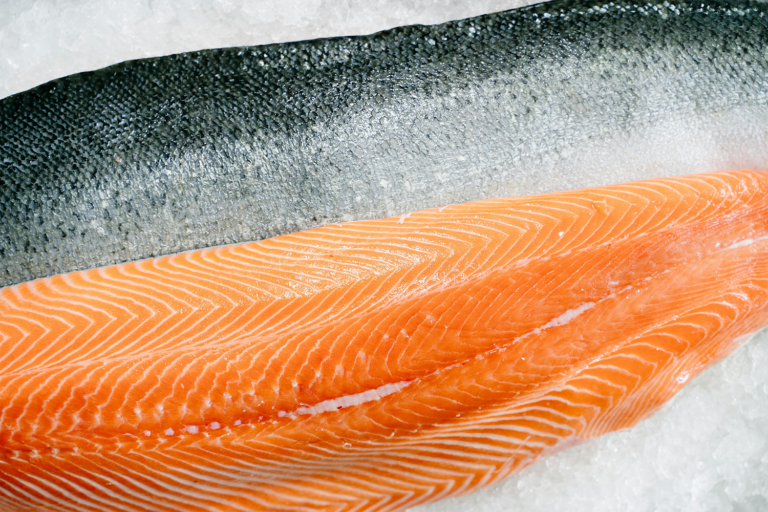
Aquafeeds
Fillet quality and sensory characteristics of Atlantic salmon fed black soldier fly larvae meal
Study shows diets with black soldier fly larvae meal did not affect general fillet parameters compared to salmon fed a commercial diet.
Health & Welfare
MycoFence® β-glucan boosts disease resistance in Atlantic salmon better than yeast-based options, offering benefits for aquaculture.

Aquafeeds
Study shows diets with black soldier fly larvae meal did not affect general fillet parameters compared to salmon fed a commercial diet.
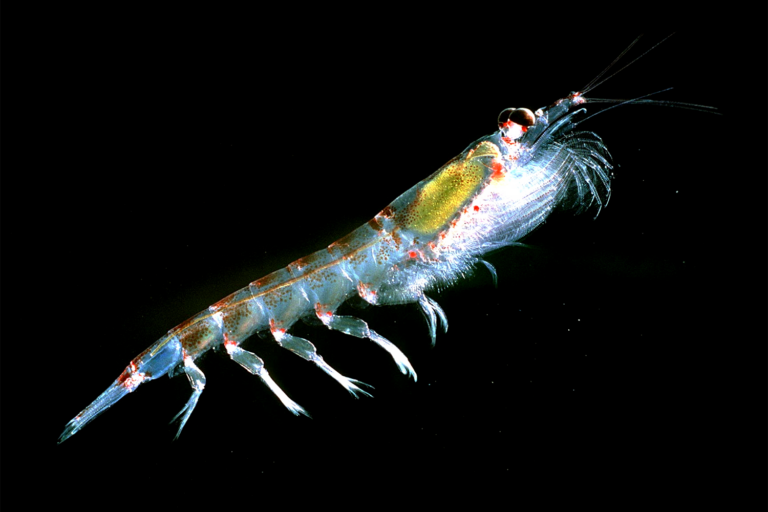
Aquafeeds
“We now have the methodology to determine if an ingredient can replace krill meal in a plant-based diet,” said Dr. Rick Barrows, author of a recent study.
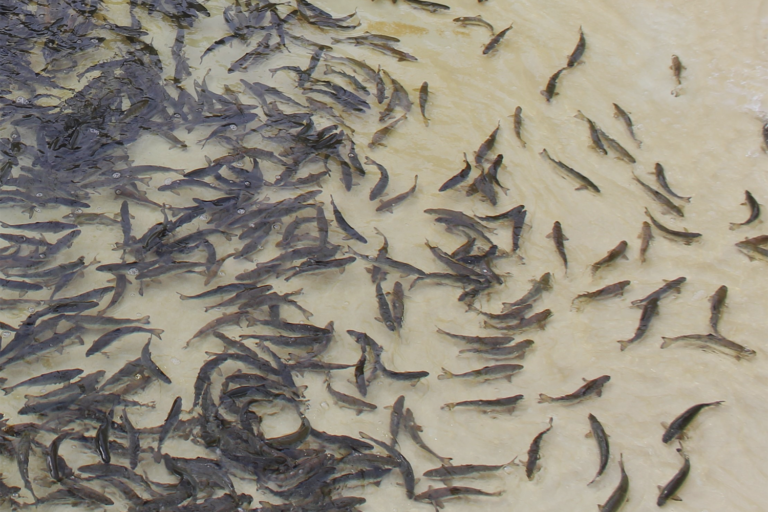
Health & Welfare
Study finds no positive effects on smoltification, seawater performance and maturation from changing fat levels in modern Atlantic salmon diets.
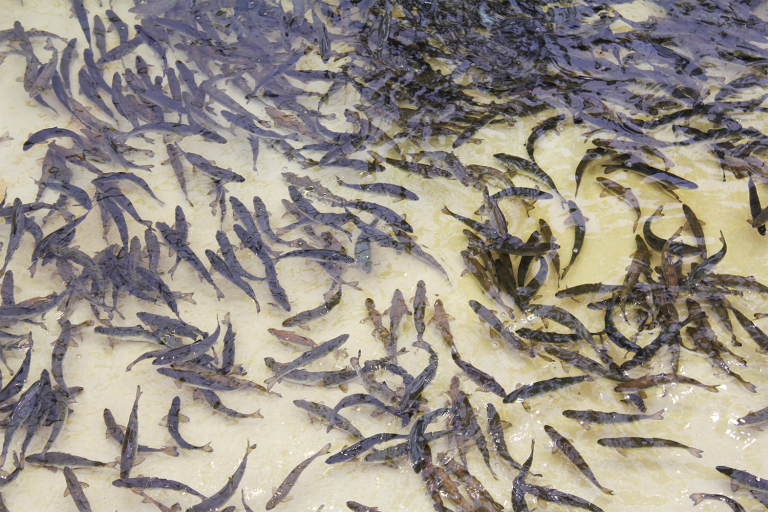
Fisheries
A well-documented ecological regime shift in the Northeast Atlantic did not have a large impact on salmon post-smolts’ diets in Norwegian fjords.
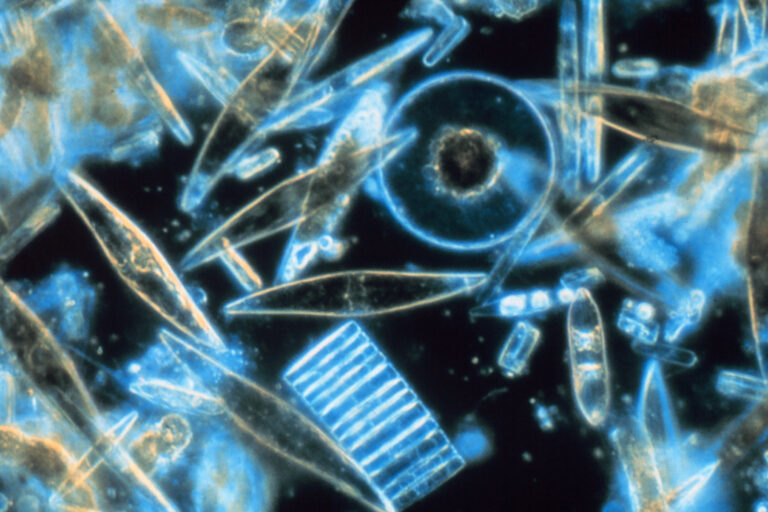
Health & Welfare
An evaluation of experimental Atlantic salmon diets with photoautotrophic cultivated diatom biomass shows the potential to deter lice.
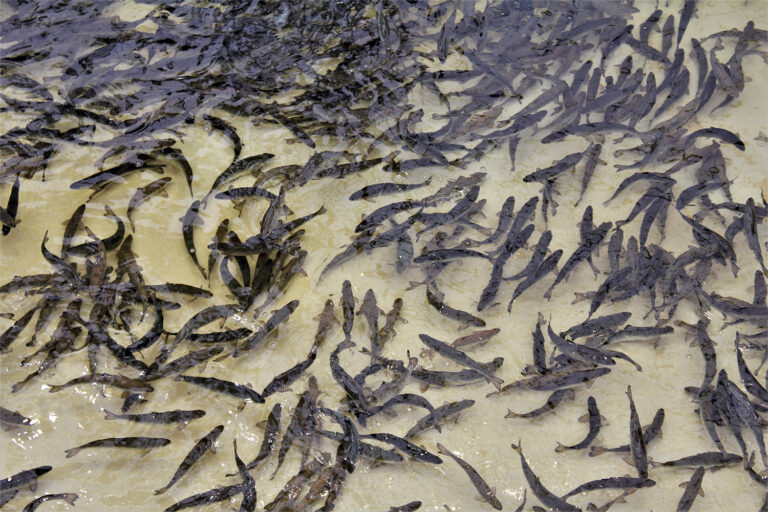
Health & Welfare
Evaluation of photoperiod influence on salmon smolts suggests that an artificial winter signal would benefit RAS post-smolt production.
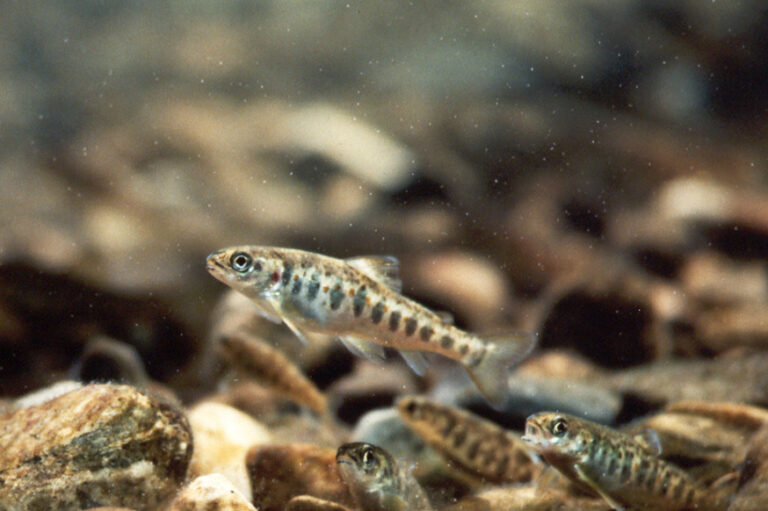
Aquafeeds
The inclusion of a microalgal biomass in salmon feeds shows potential use throughout the whole production cycle from parr to harvest size.
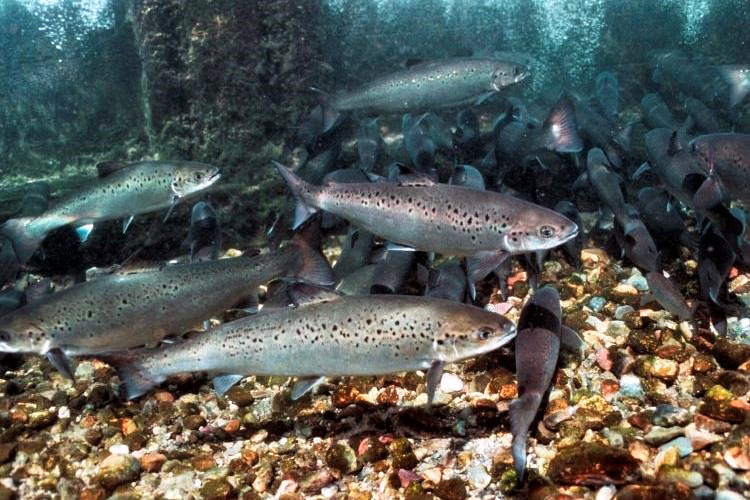
Health & Welfare
An evaluation of dietary oils showed the occurrence of a core microbiota in early life stage of Atlantic salmon, independent of oil type in the feed.
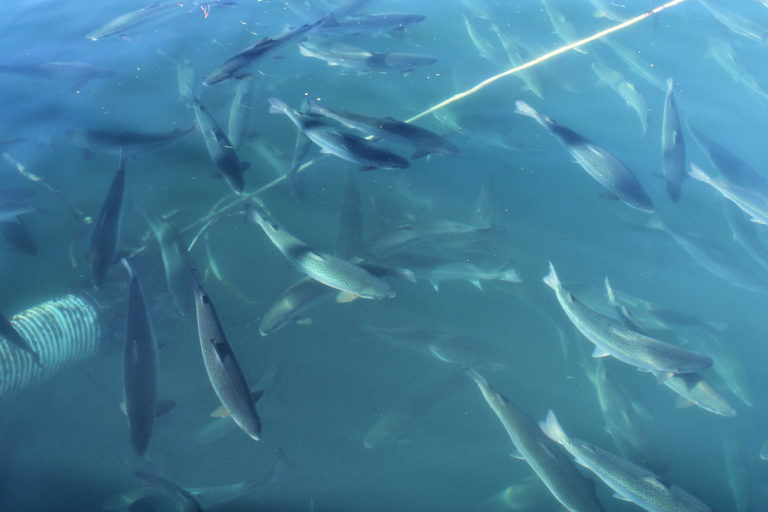
Health & Welfare
Emerging bio-logger technologies can provide valuable physiological, behavioral information of free-swimming, individual fish over long periods of time.
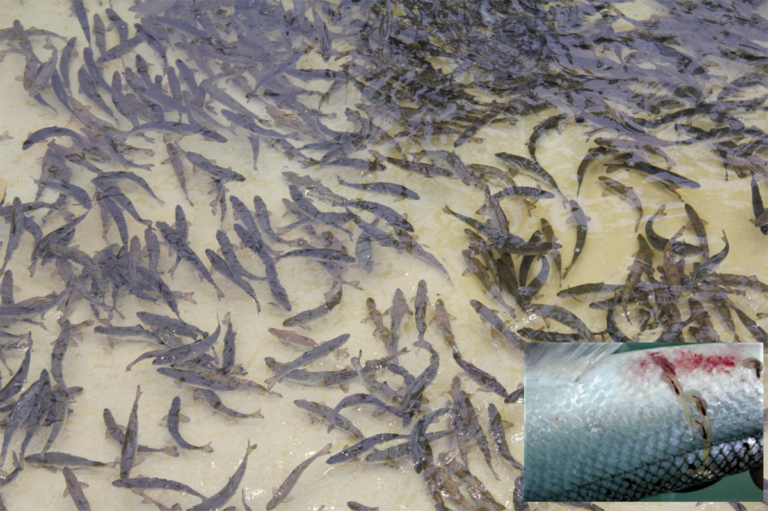
Health & Welfare
Laboratory-scale evaluation of a candidate vaccine for Atlantic salmon against sea lice shows an efficacy of 56 percent when administered by injection.
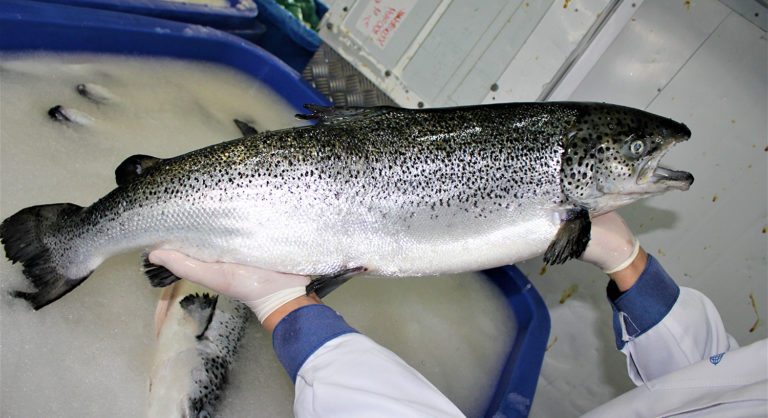
Intelligence
Study assesses water holding properties and other quality attributes achieved through superchilling Atlantic salmon through the value chain until smoking.
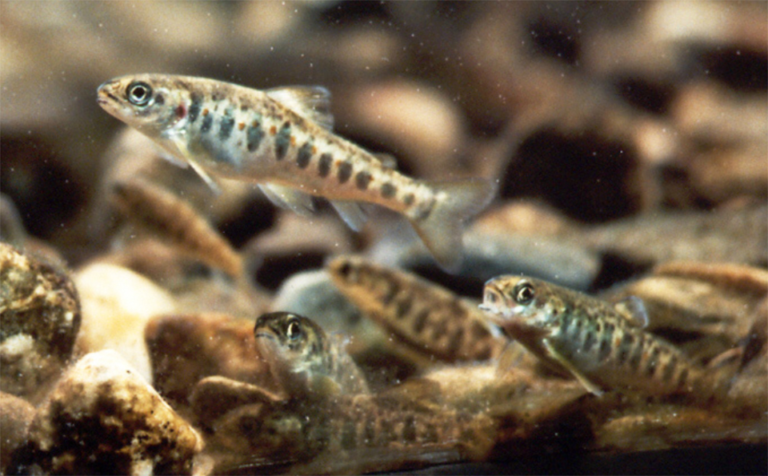
Health & Welfare
Study investigates blood and muscle changes in young Atlantic salmon when fed diets containing different amounts of polyunsaturated fatty acids, or PUFAs.
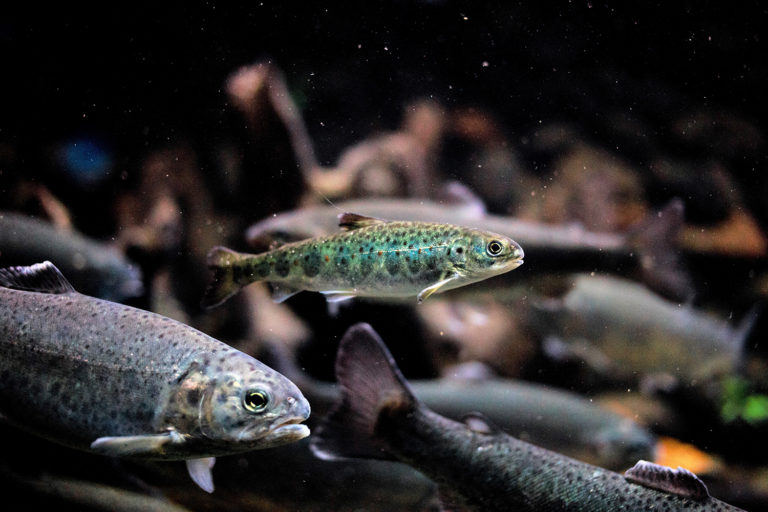
Aquafeeds
Study evaluated the effect on Atlantic salmon smolts growth performance when adding abrown seaweed meal (from Laminaria sp., or kelp) to their feed.

Health & Welfare
Cathepsin D alone and in combination with other cathepsins presents the greatest proteolytic activity on some fish muscles.
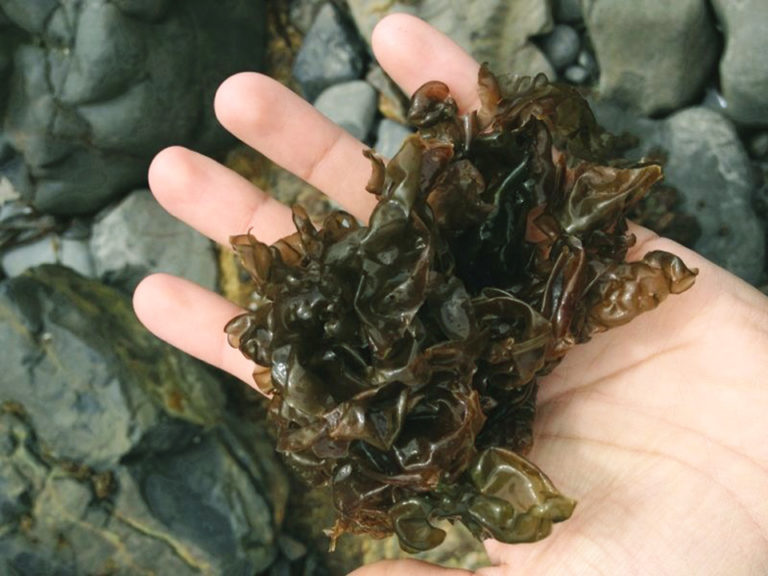
Health & Welfare
In a study, Atlantic salmon fed diets with red seaweed had significantly higher levels of antiviral activity against the infectious salmon anemia virus than fish fed a control diet.